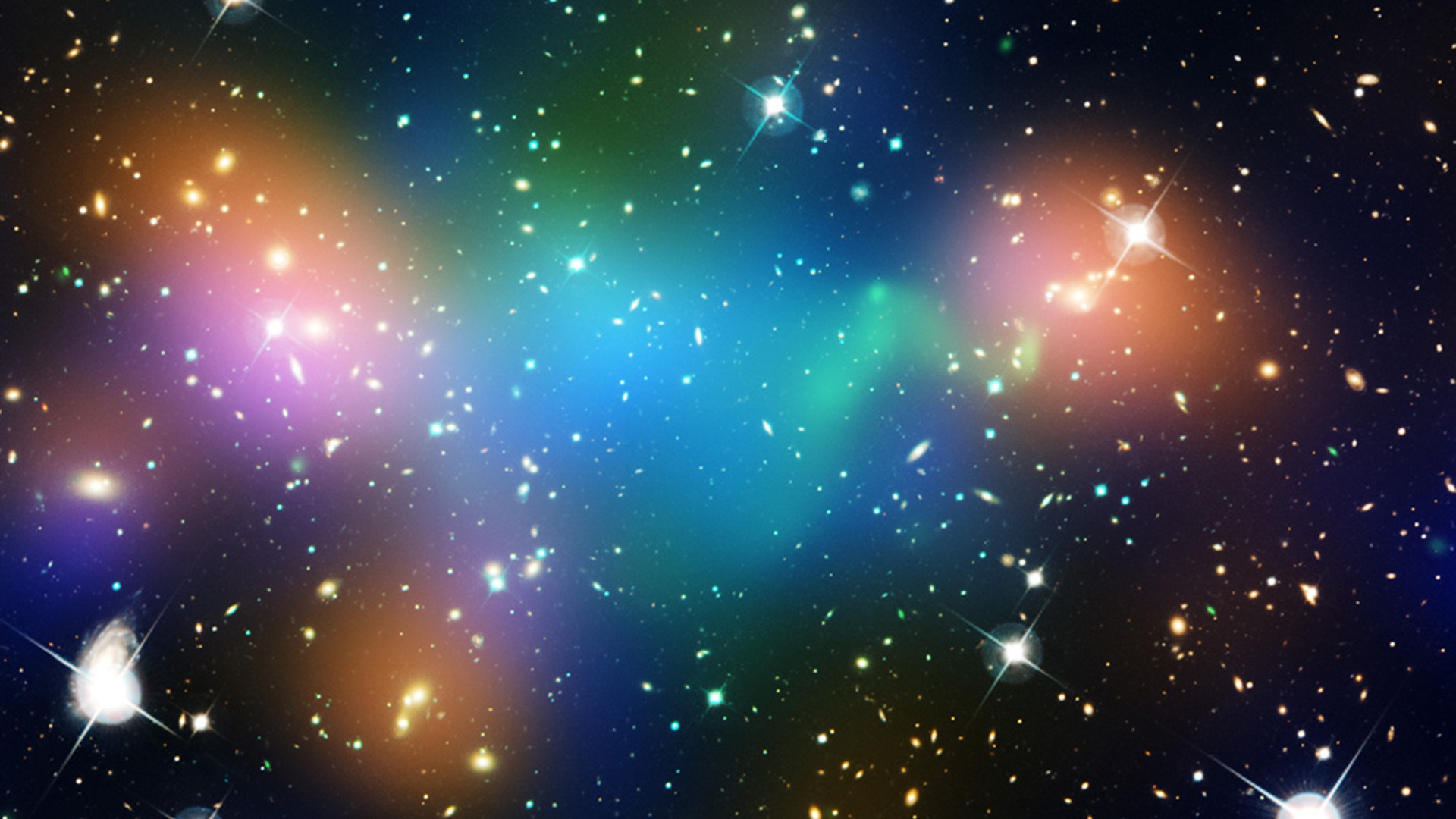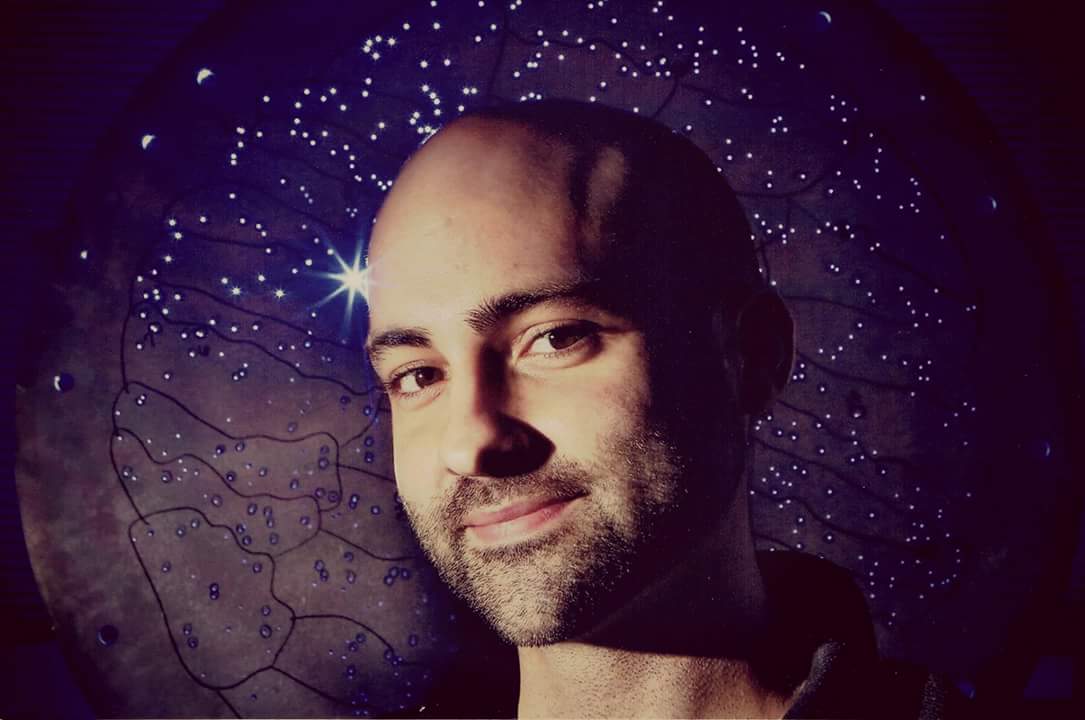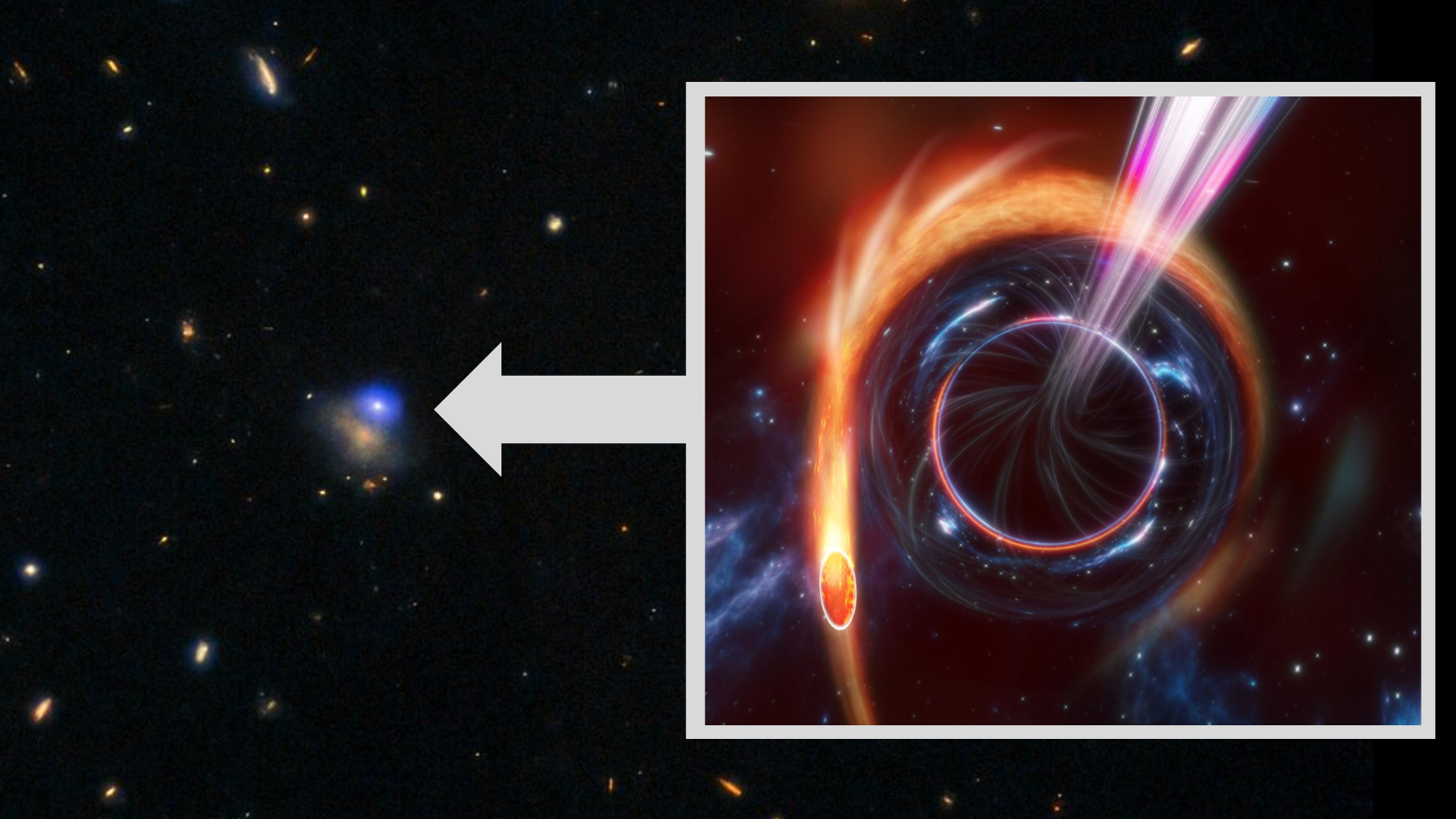Dark matter atoms may form shadowy galaxies with rapid star formation
In new simulations, 'dark atoms' formed dark stars and could even trigger the formation of black holes.

Dark matter, the invisible material that makes up the vast majority of the universe's mass, may collect itself to form atoms, a new simulation shows.
Those "dark atoms" might radically alter the evolution of galaxies and the formation of stars, giving astronomers a new opportunity to understand this mysterious substance.
Dark matter makes up over 80% of the mass of every galaxy and cluster of galaxies in the universe. All of our observations suggest that dark matter is some new kind of particle, one that does not interact with normal matter or even with light. We can identify dark matter only through its gravitational interactions with everything else. Whatever dark matter is, it is beyond our current understanding of physics. But it still has mass, so it still has gravity.
We do not yet know if dark matter is simple or complex. It may be made of only one kind of particle that dominates the universe and barely interacts with even itself. Or it may be made of multiple types of particles, with as rich a variety as we see in normal matter. Beyond that, we know of only four fundamental forces of nature: gravity, electromagnetism, the strong nuclear force and the weak nuclear force. But there may be additional forces that operate only among the dark matter particles and do not interfere with normal matter at all.
Related: What is dark matter?
Getting together
The concept of additional dark matter particles and dark forces isn't as far-fetched as it may seem. Our understanding of physics is built on symmetries, which are deep mathematical relationships between particles. It could very well be that there are additional symmetries in the laws of nature that make dark matter a twin of normal matter and that, for every kind of interaction that normal matter can participate in, there is a counterpart in the dark sector.
For example, with normal matter, we can build simple atoms: a proton and an electron bound together, with the photon, the carrier of the electromagnetic force, mediating the interaction. We could also have a dark matter version of that same structure, with a dark proton bound to dark electrons via dark photons: dark atoms.
Breaking space news, the latest updates on rocket launches, skywatching events and more!
Atomic dark matter would behave much differently than dark matter composed of only a single particle. Most importantly, simple dark matter would have a very difficult time clumping up, only doing so slowly over hundreds of millions of years. Normal matter collects in those smooth pools of dark matter to form galaxies, but otherwise, the two lead separate lives. Atomic dark matter, however, could form its own shadowy galaxies — disk-like structures that mimic the size and layout of visible galaxies.
A team of astrophysicists used this intriguing possibility to simulate the evolution of galaxies and see what observable differences might arise. They allowed the atomic dark matter to evolve according to its own forces and then examined how those new structures would affect visible galaxies through the new arrangement of gravity. They published their results in the online preprint database arXiv in April.
Related: If dark matter is 'invisible,' how do we know it exists?
Stellar sabotage
The researchers found that even a small amount of atomic dark matter — as little as 6% of all the dark matter in the universe, leaving the rest to be simple — was enough to radically alter the evolution of galaxies. Because the atomic dark matter could interact, it could easily clump together by losing energy through the emission of some form of dark radiation. The simulations revealed that a "dark disk" quickly appeared within each galaxy, with the spin of the disk closely matching that of the visible, normal components.
From there, the atomic dark matter continued to clump, just like normal gas clumps into clouds and, eventually, stars. In the simulation, the atomic dark matter formed dark stars of its own and could even trigger the formation of its own black holes. Those clumps then sank into the core of the galaxy, where the density increased.
With all that extra gravity, star formation in the cores of galaxies kicked into overdrive, producing stars at a much faster rate than in galaxies with simple dark matter. These simulations actually ruled out some models of atomic dark matter, because those models caused their galaxies to run out of new material for making stars far too quickly.
But some models survived current observational limits, allowing for the continued possibility of atomic dark matter. The researchers hope that further theoretical and experimental studies will shed light on the plausibility of this intriguing form of exotic matter. For example, because atomic dark matter clumps so efficiently, we might be able to spot dense, star-like clumps with upcoming gravitational microlensing studies with NASA's Nancy Grace Roman Space Telescope.

Paul M. Sutter is a cosmologist at Johns Hopkins University, host of Ask a Spaceman, and author of How to Die in Space.
